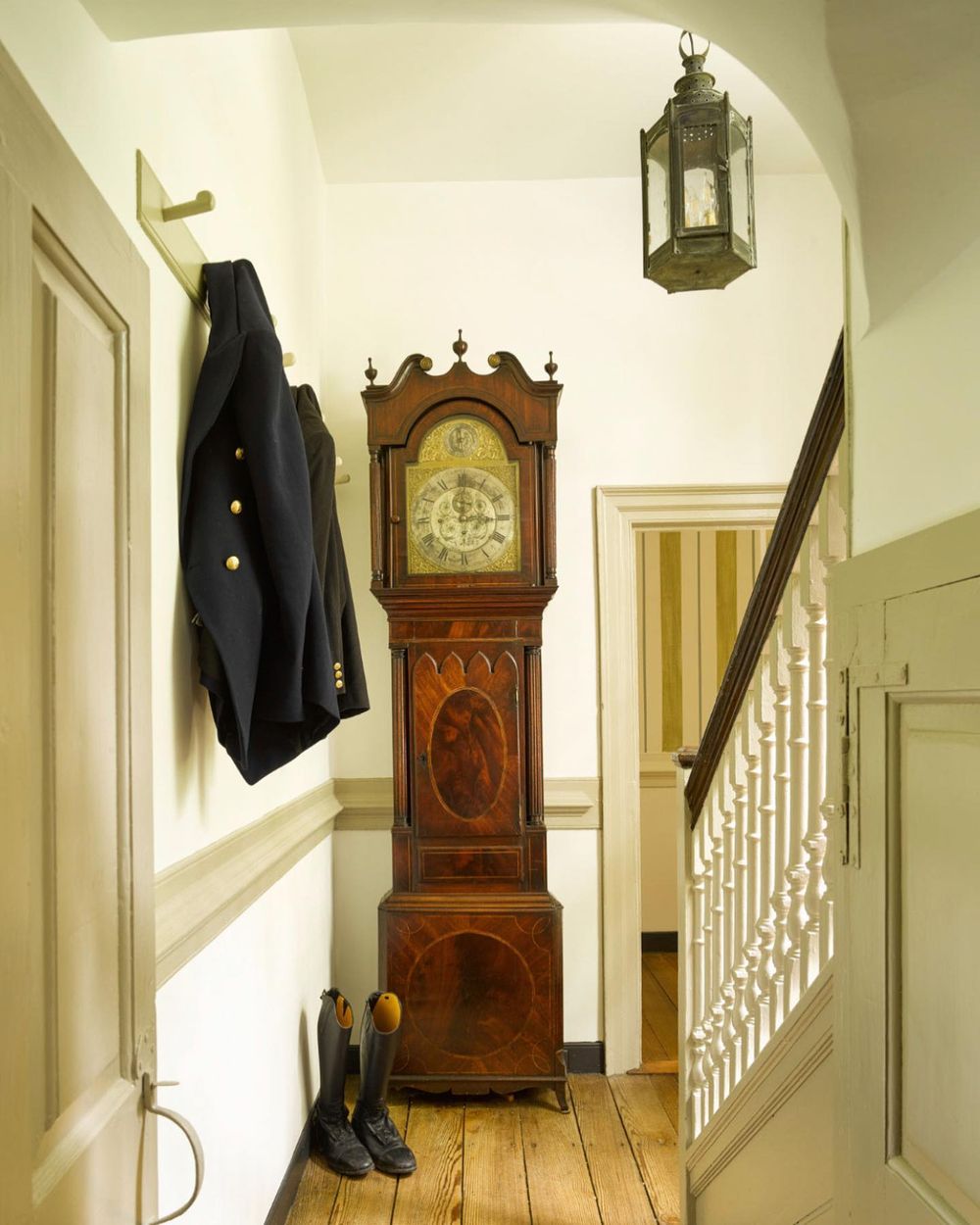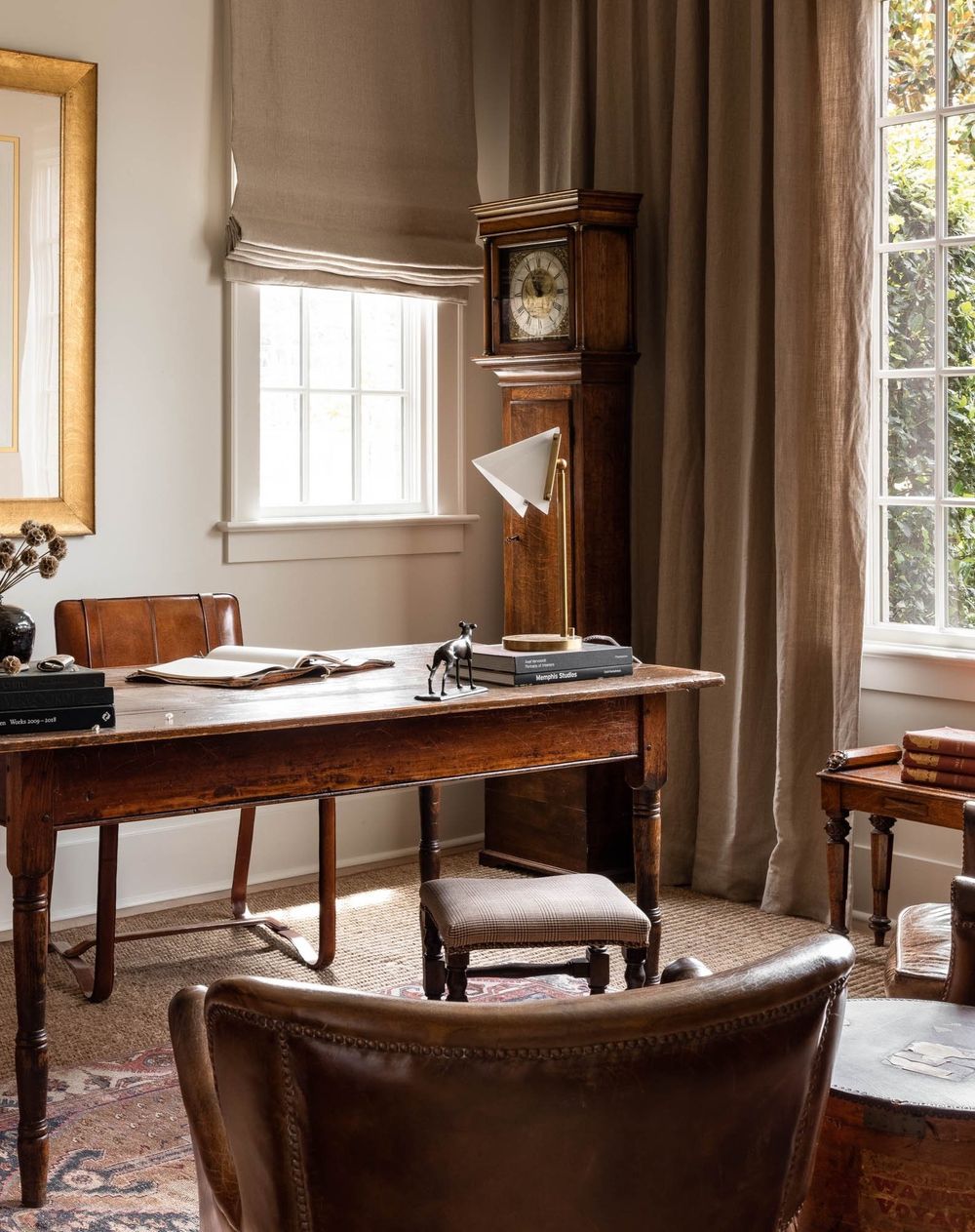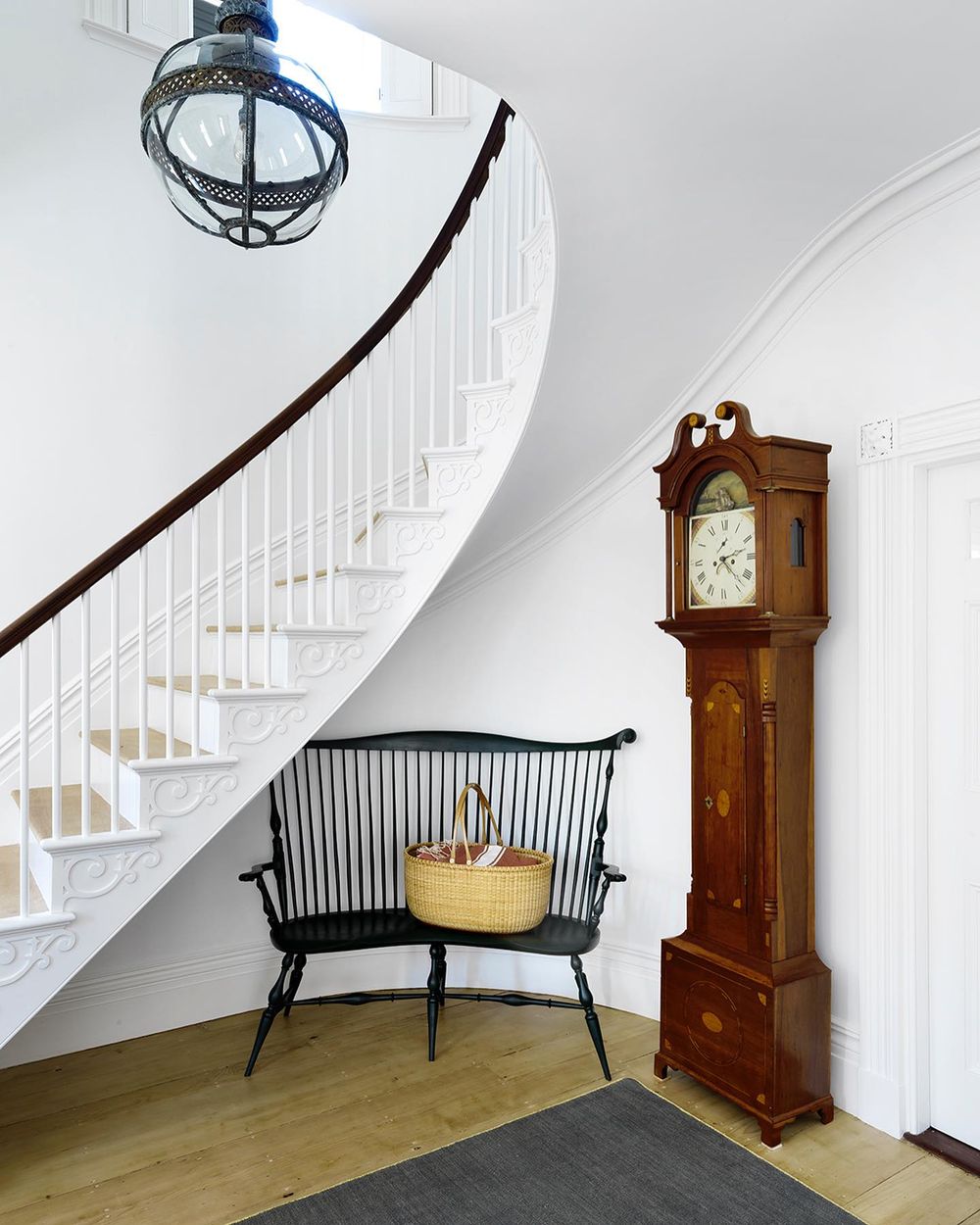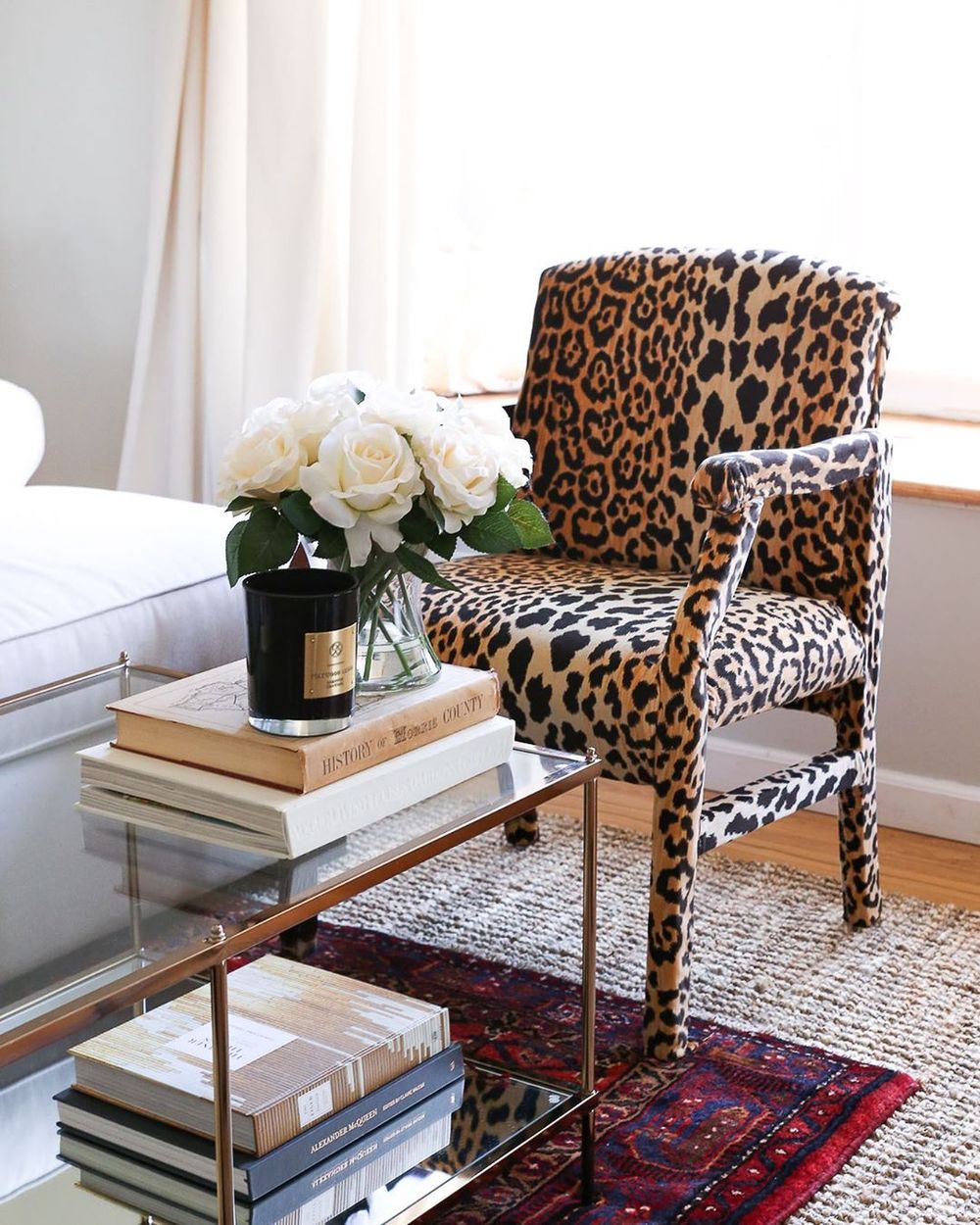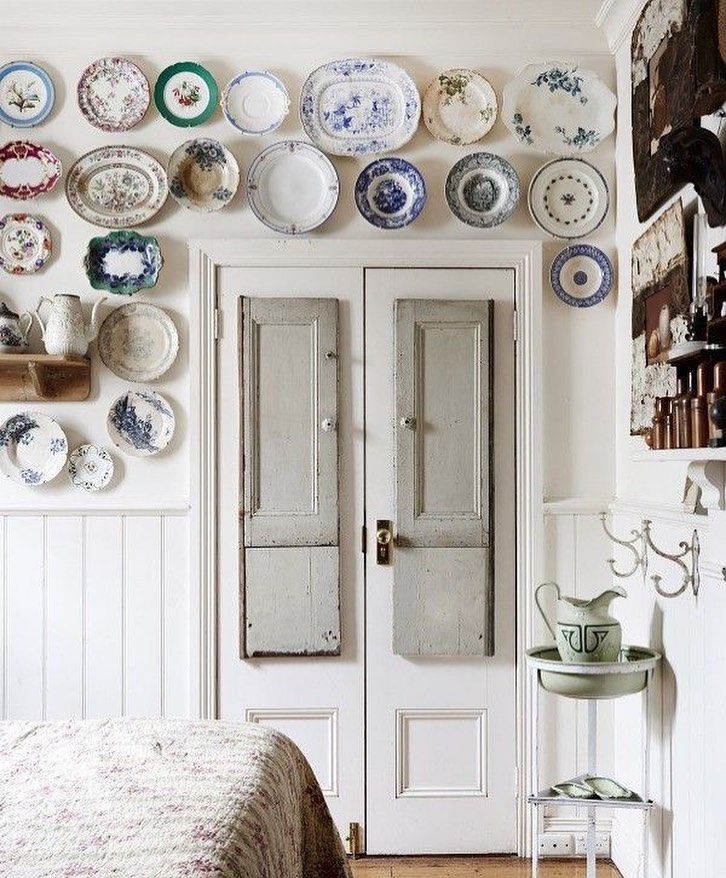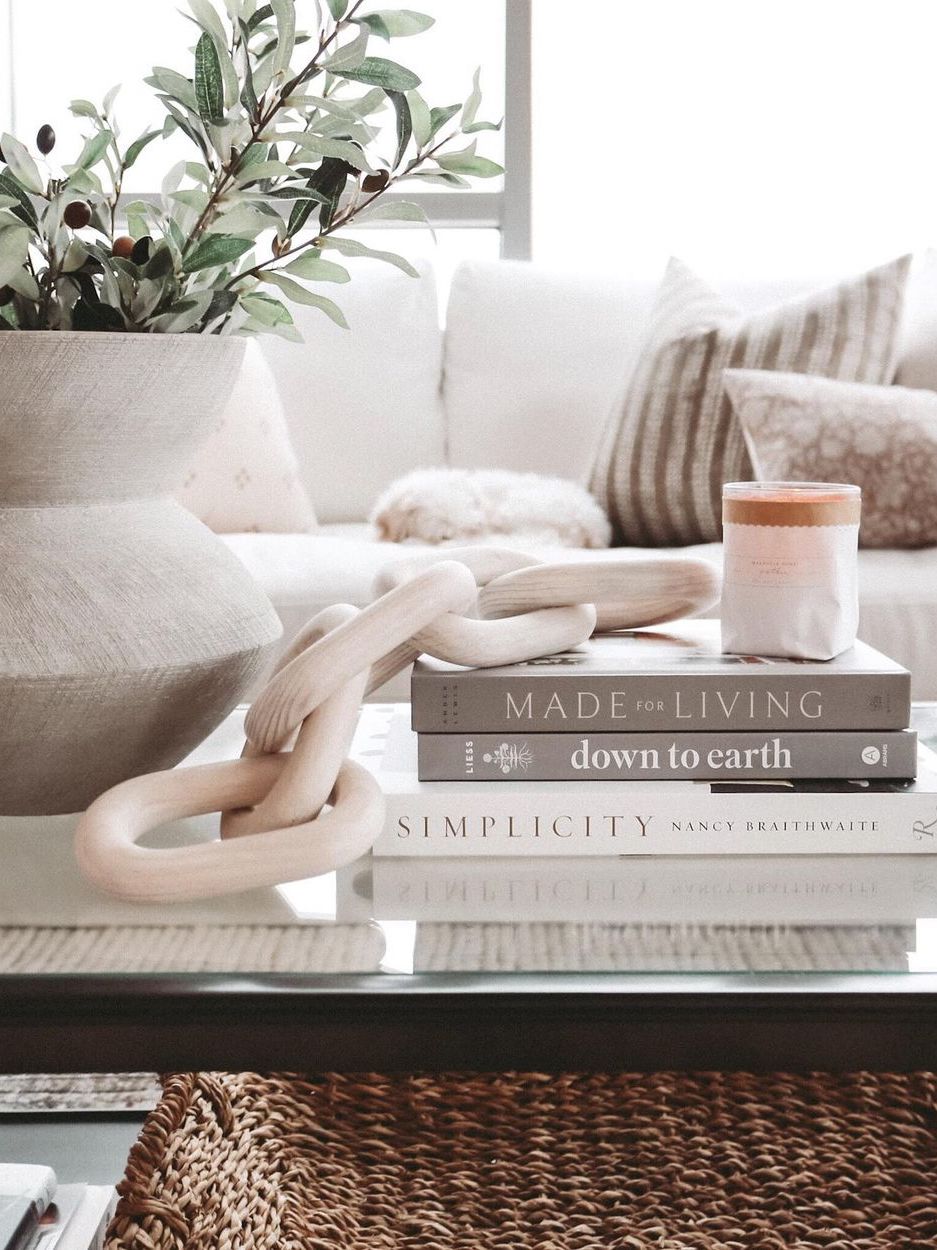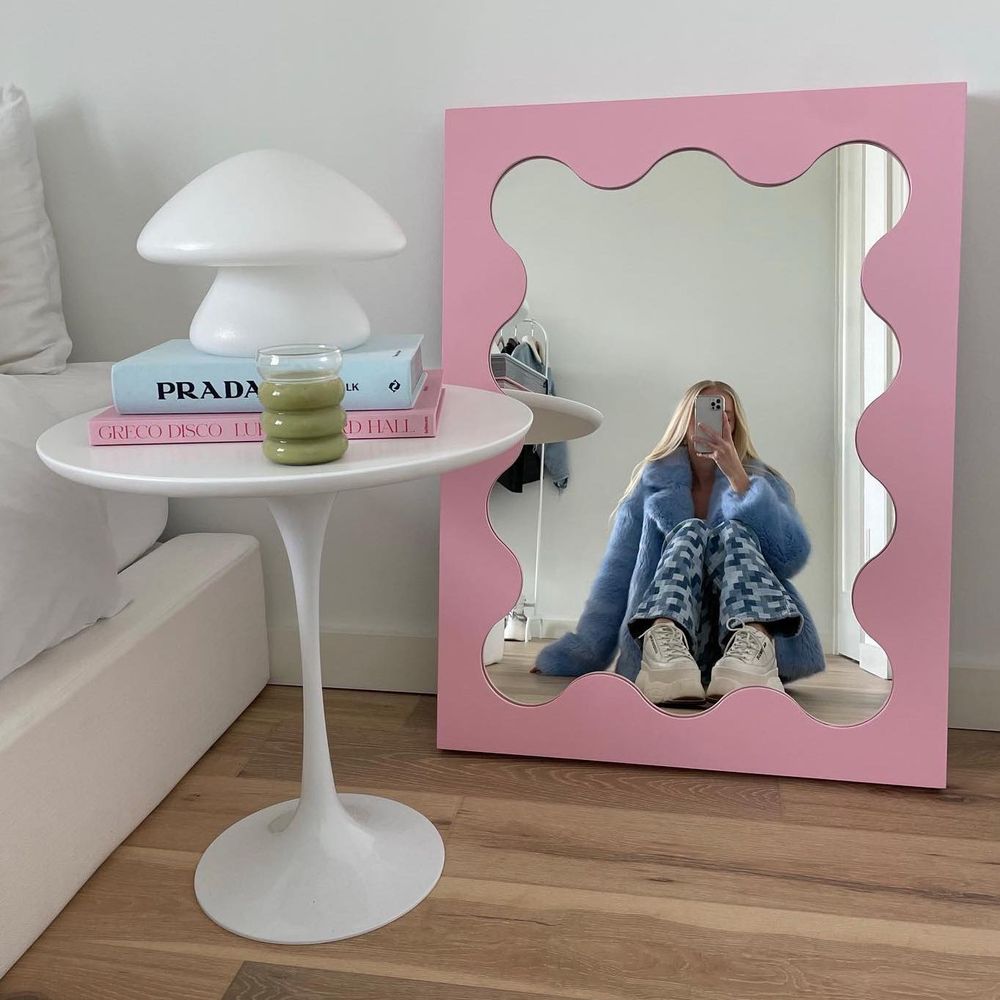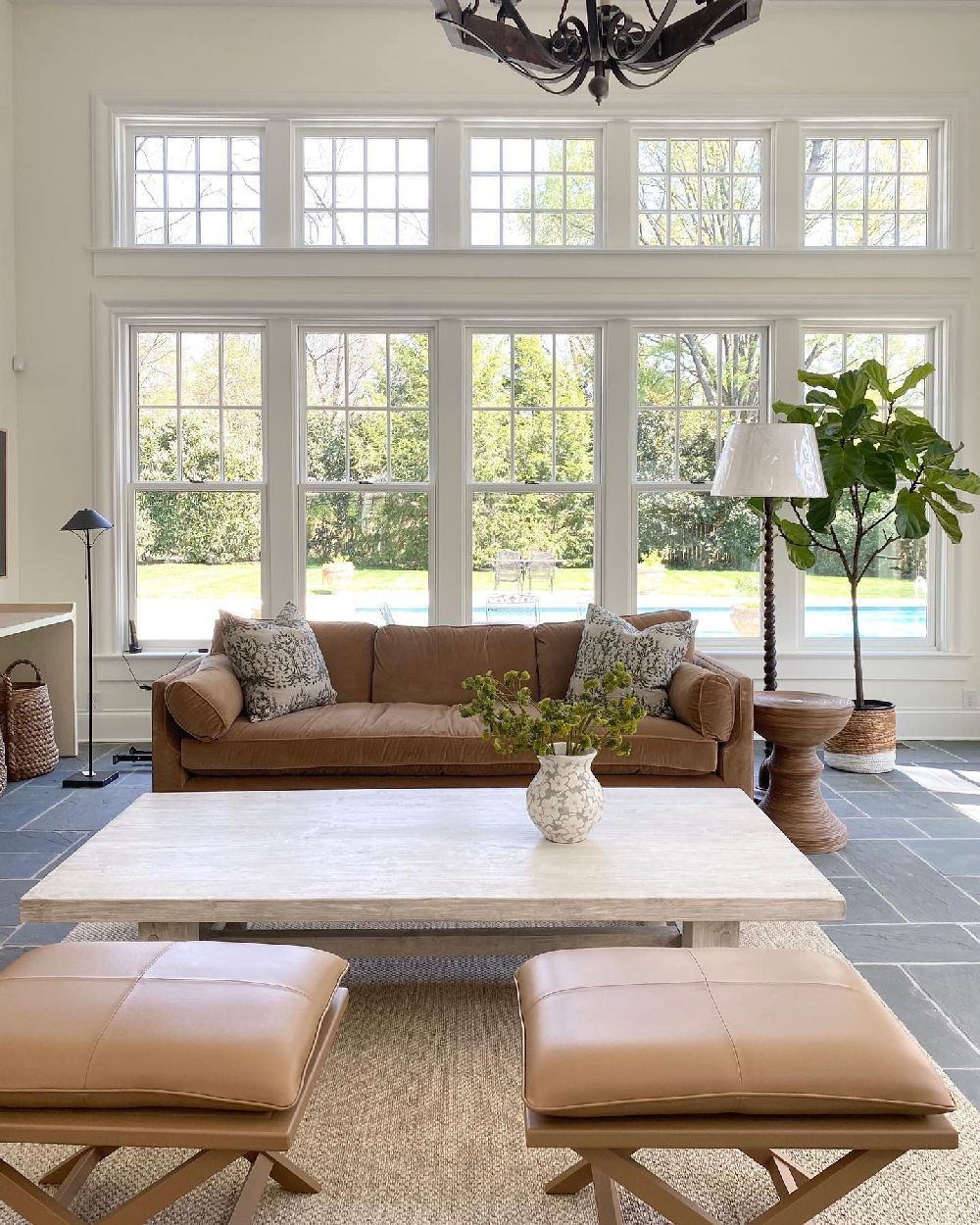In the world of interior design, few pieces evoke a sense of nostalgia and charm quite like the grandfather clock. These magnificent timepieces not only serve as functional decor but also act as stunning focal points that can elevate the aesthetic of any room. Join us as we explore creative ways to integrate grandfather clocks into your space, transforming your home into a sanctuary of timeless elegance and sophistication.
What are Grandfather Clocks?
Grandfather clocks, also known as longcase clocks, have a storied history that dates back to the late 17th century. These iconic timepieces were designed to stand on the floor, thanks to their tall, elongated cases that housed intricate mechanisms.
Initially, they served both a practical function of telling time and a decorative purpose in affluent households. Today, they are cherished as collectibles and heirlooms, often passed down through generations, representing not just the passage of time but also heritage and craftsmanship.
History of Grandfather Clocks
The evolution of grandfather clocks traces back to the early clockmakers of Europe, particularly in England. The first longcase clock was invented by a British clockmaker named William Clement in 1670.
These clocks became widely popular in the 18th century, especially during the Georgian and Victorian eras, reflecting the architectural styles of their time. Their production involved elaborate craftsmanship and artistry, as each clock was often uniquely designed with ornate carvings and embellishments.
Understanding this history allows design enthusiasts to appreciate the value and significance of these timepieces beyond their mere functionality.
Key Components of a Grandfather Clock
Grandfather clocks consist of several key components that contribute to their operation and aesthetic appeal. The most notable parts include the pendulum, which regulates the movement of the clock, and the weight mechanism that drives the clock hands. The clock face, or dial, typically features markings that indicate the hours and minutes, often embellished with moon phases or intricate designs.
Enclosure materials can vary, with cases made from oak, mahogany, and other hardwoods, showcasing joinery techniques and finishes that highlight the craftsmanship involved in their creation.
Types of Grandfather Clocks
There are several types of grandfather clocks, each distinguished by design, size, and mechanism. Traditional styles include the classic Westminster clock, which chimes every quarter hour; the Regulate clock, known for its precision; and the more contemporary modern designs that blend traditional elements with minimalist aesthetics.
Furthermore, variations run from ornate, heavily carved pieces that reflect Baroque influences to sleek, Scandinavian-inspired designs. Each type caters to different tastes and interior styles, making grandfather clocks versatile additions to any home.
Maintenance and Care
Proper maintenance of grandfather clocks is essential for preserving their functionality and aesthetic appeal. It is recommended to wind the clock regularly, typically once a week for most models, to ensure the mechanism remains in good working order. Dusting the exterior with a soft cloth and avoiding direct sunlight will help maintain the finish.
Additionally, periodic professional servicing is advised to keep the internal mechanisms clean and lubricated. Owners should be mindful of their clock’s unique needs, as neglect can lead to deterioration and costly repairs!
Grandfather Clocks as Collectibles
Many design lovers view grandfather clocks as valuable collectibles, with certain models increasing significantly in value over time. Factors that influence a clock’s value include its age, provenance, craftsmanship, rarity, and condition.
Collector communities often emphasize the importance of authenticity and provenance, especially for antique clocks that carry historical significance. Auctions, estate sales, and antique shops are common venues for acquiring grandfather clocks, and the market continues to thrive as new collectors emerge.
The Timeless Appeal of Grandfather Clocks Won’t Fade
Grandfather clocks have transcended mere timekeeping to become symbols of tradition, artistry, and family lineage. Their timeless appeal lies in their craftsmanship and the stories they carry from one generation to the next.
Whether as a statement piece in a home or as a cherished family heirloom, these clocks continue to evoke a sense of nostalgia and reverence for the past.
As we move deeper into the digital age, the allure of grandfather clocks endures, reminding us of the beauty in tradition and the importance of valuing the passage of time!

